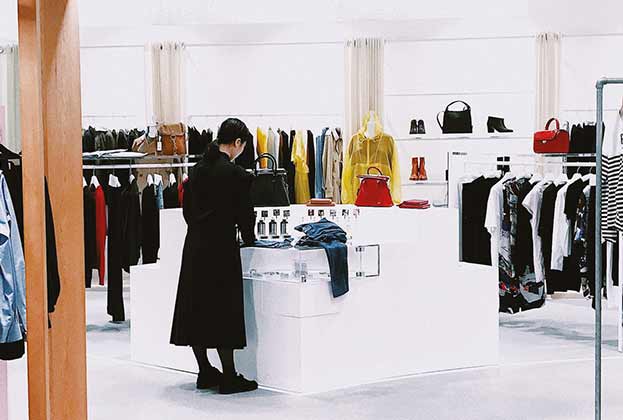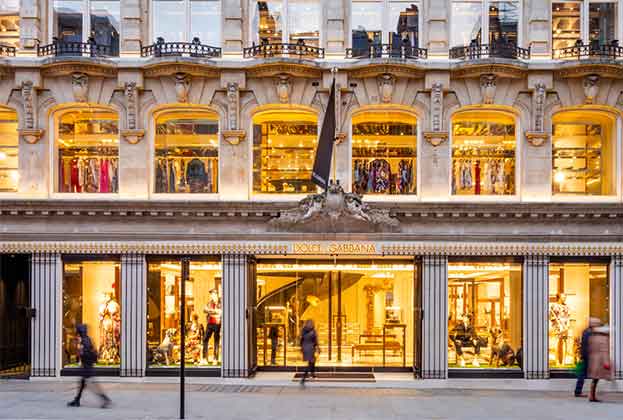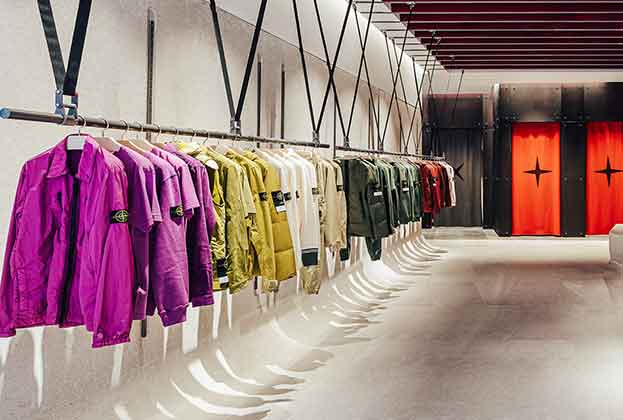There were no big surprises in the parts of the market that drove store expansion in 2021, with the big luxury houses stepping up their dominance. However, we did see jewellery & specialist watch brands become more acquisitive compared to pre-pandemic levels
The big luxury groups continue their dominance
The top three luxury houses, LVMH, Kering and Richemont, continued to expand their share of new openings. This is likely to pick up pace going forward in light of their recent M&A and funding activity
The three largest luxury groups, LVMH, Richemont and Kering accounted for 41% of all new openings globally in 2021, up on their 2019 share of 33%. The expansion of store footprints by these groups comes as no huge surprise considering their brand acquisitions prior to the pandemic.
However, the acceleration of M&A activity by these groups over the last 12–18 months could mean an expansion of store footprints by some of these new acquisitions suggesting their dominance is likely to increase.
A refocus on ultra-luxury
Ultra-luxury brands were more active when it came to store expansion in 2021, particularly within the jewellery and specialist watch segment
Accessible luxury brands had been expanding their market share and with it their store footprint for a number of years. Last year saw this trend reverse somewhat, with accessible luxury brands’ share of new openings falling from 36% in 2019 to 31% in 2021. In some regions we saw a very marked increase in the dominance of ultra-luxury. For example, in the Middle East, ultra-luxury brands accounted for 92% of new store openings.
New openings by luxury fashion brands continued to dominate in 2021 accounting for 57% of all global new openings, down on its 59% share pre-pandemic. This fall in share was largely attributed to a marked increase in the share of new openings linked to jewellery and specialist watch brands up 4.8 percentage points to 30%. We suspect that strong trading in this part of the market over the last two years, supported by pent-up demand and increased savings in response to the pandemic, has driven this. For example, Swiss wristwatch exports were up 14.1% in unit terms in 2021 with key markets such as the US and China reporting imports above 2019 levels in value terms.
Read the other articles within this publication below
.jpg)




